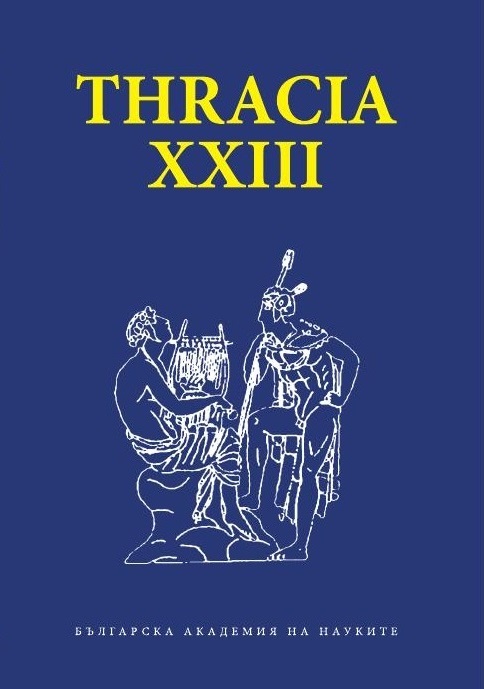Депортираните пеонци в Мала Азия и персийските царски стопанства
Deported Paeonians in Asia Minor and Persian Royal Estates
Author(s): Miroslav IzdimirskiSubject(s): History, Cultural history, Comparative history, Economic history, Ethnohistory, Local History / Microhistory, Social history, Ancient World
Published by: Институт за балканистика с Център по тракология - Българска академия на науките
Keywords: Paeonians; Achaemenid Empire; kurtaš; tayaiy drayahya; sparda; Iškudra/ Skudra; Persepolis Fortification Tablets
Summary/Abstract: In this article I would like to reexamine the information in Herodotus for deportation of Paeonians in Achaemenid Empire. This procedure I will put the evidences in context of mass deportations of people, and all families like workers – kurtaš from different origin in Persian Empire. They are war captives and worked in Royal estates, and also in economic structures of Persian noblemen like satraps. Paeonians are settled in Anatolia in one ‘kome kai hora’ as workers in Persian estates (royal or satrapal) and worked in agriculture. The etiological myth for hard-working paeonian women clearly state that Paeonian workers are settled in Persian provinces ‘tayaiy drayahya’ (Hellespontine Phrygia) and ‘sparda’ (Sardis, Lydia). Some of Paeonian workers probably was settled in Persida and Elam and named Iškudra/ Skudra in Persepolis Fortification Tablets and Old Persian Inscriptions. with ethnonym Skudrians (in Old Persian language) was described Thracians and probably Phrygians.
Journal: Thracia
- Issue Year: 2018
- Issue No: 23
- Page Range: 181-188
- Page Count: 8
- Language: English, Bulgarian
- Content File-PDF

